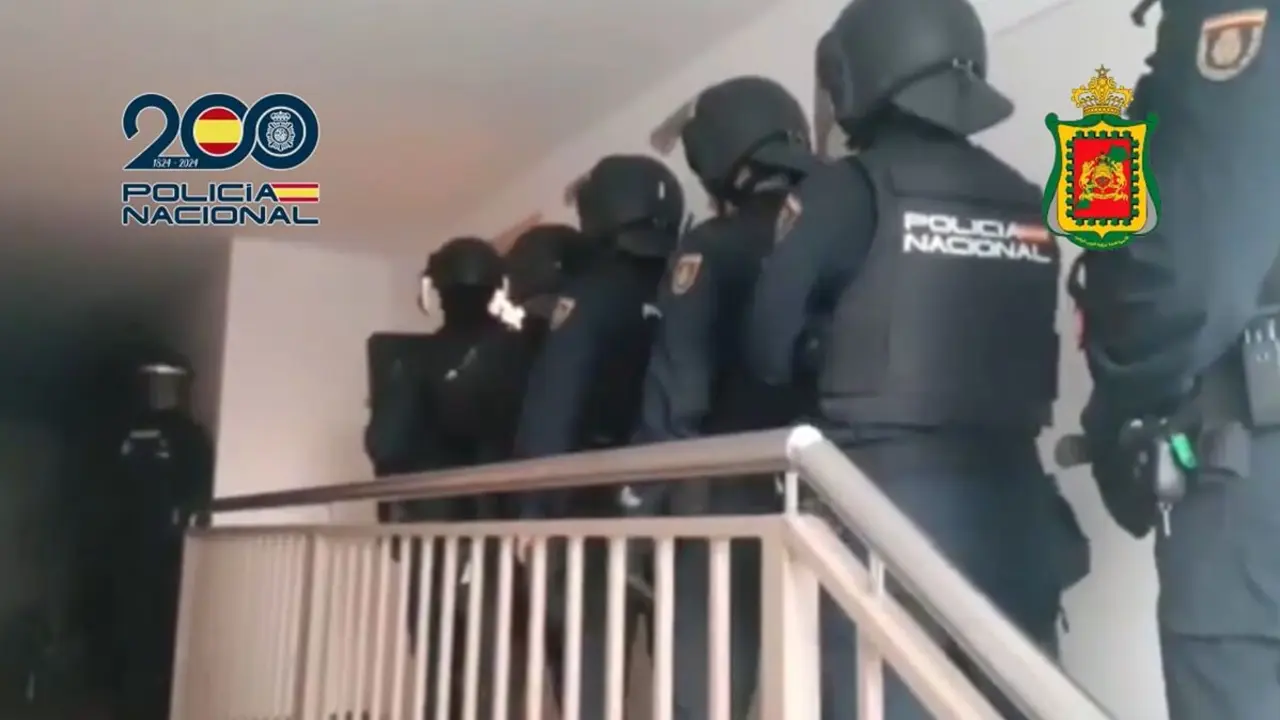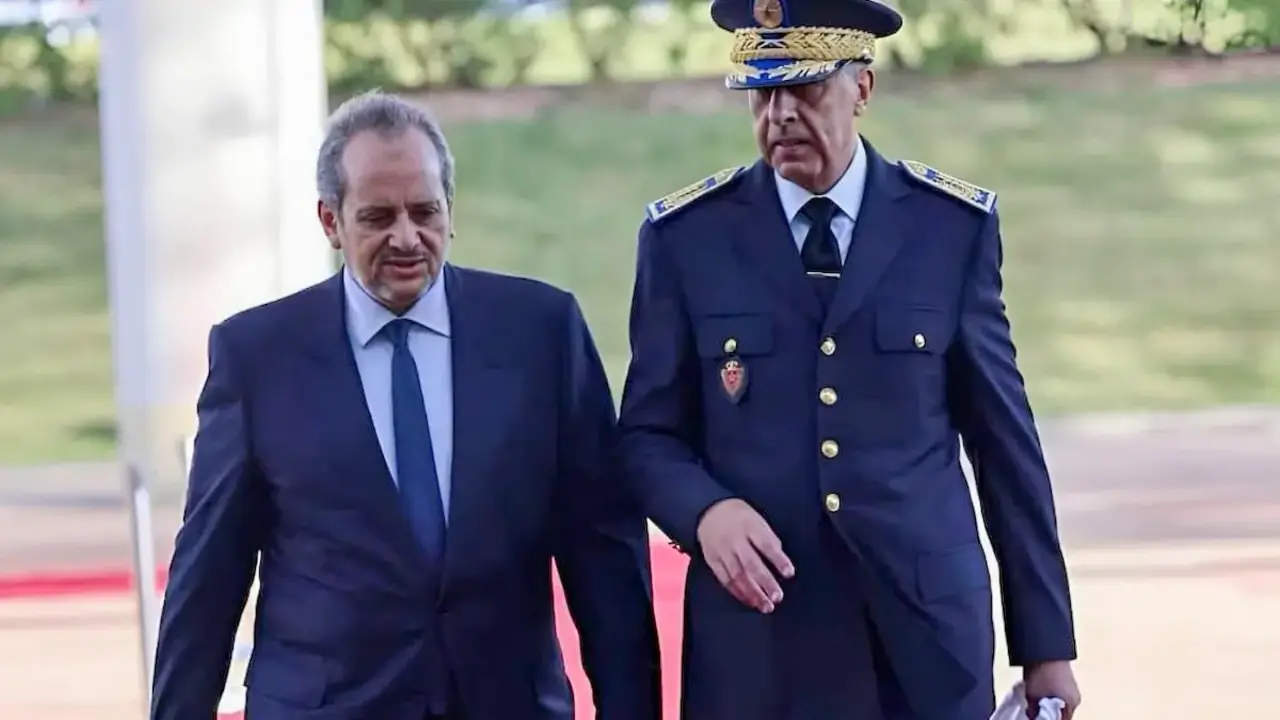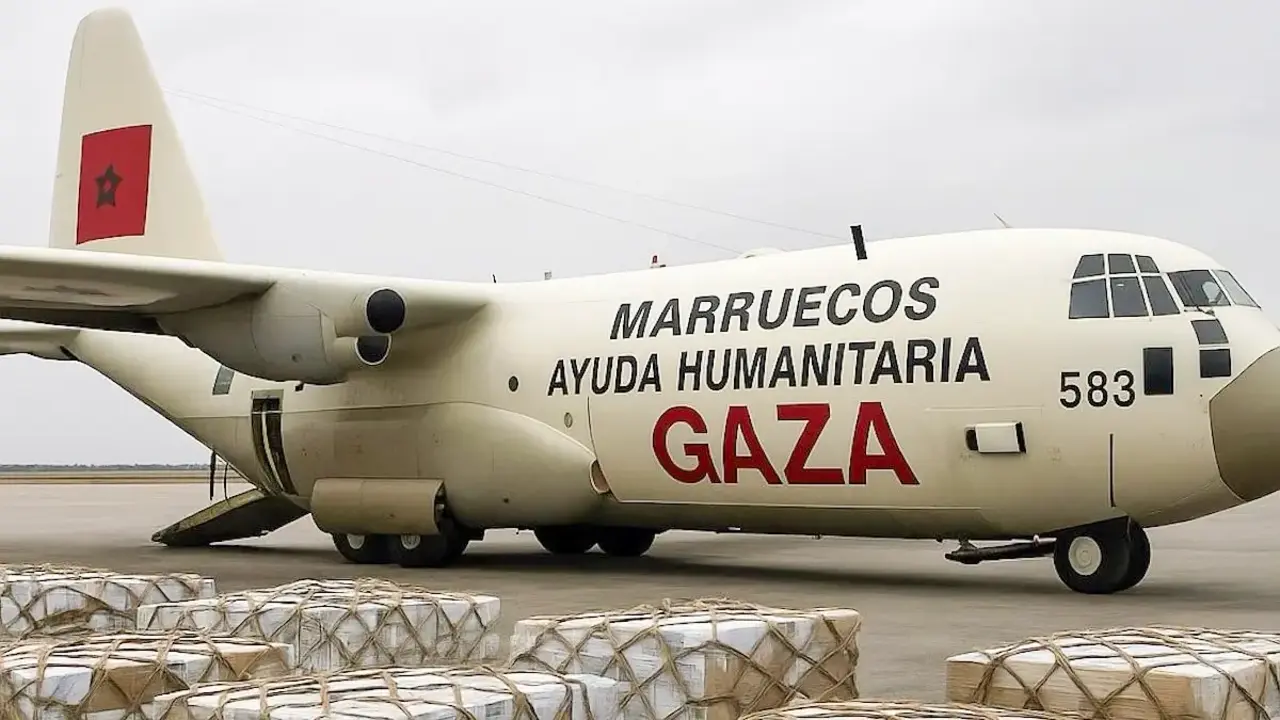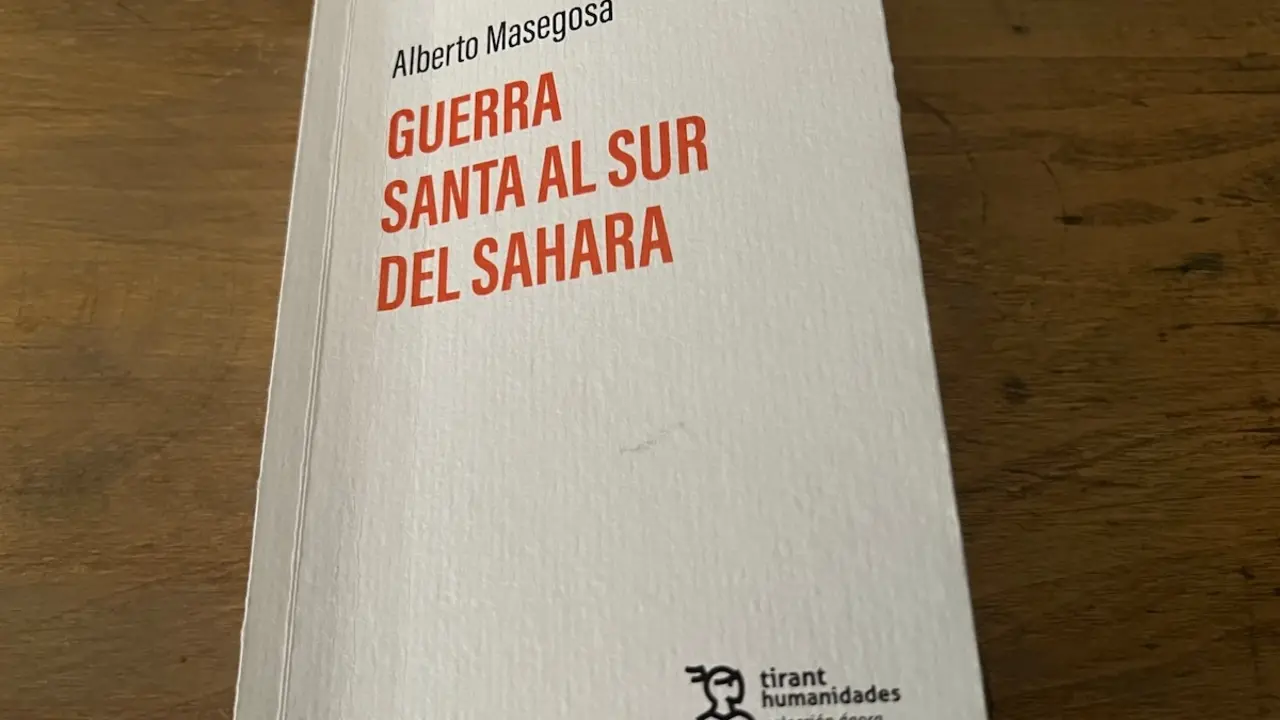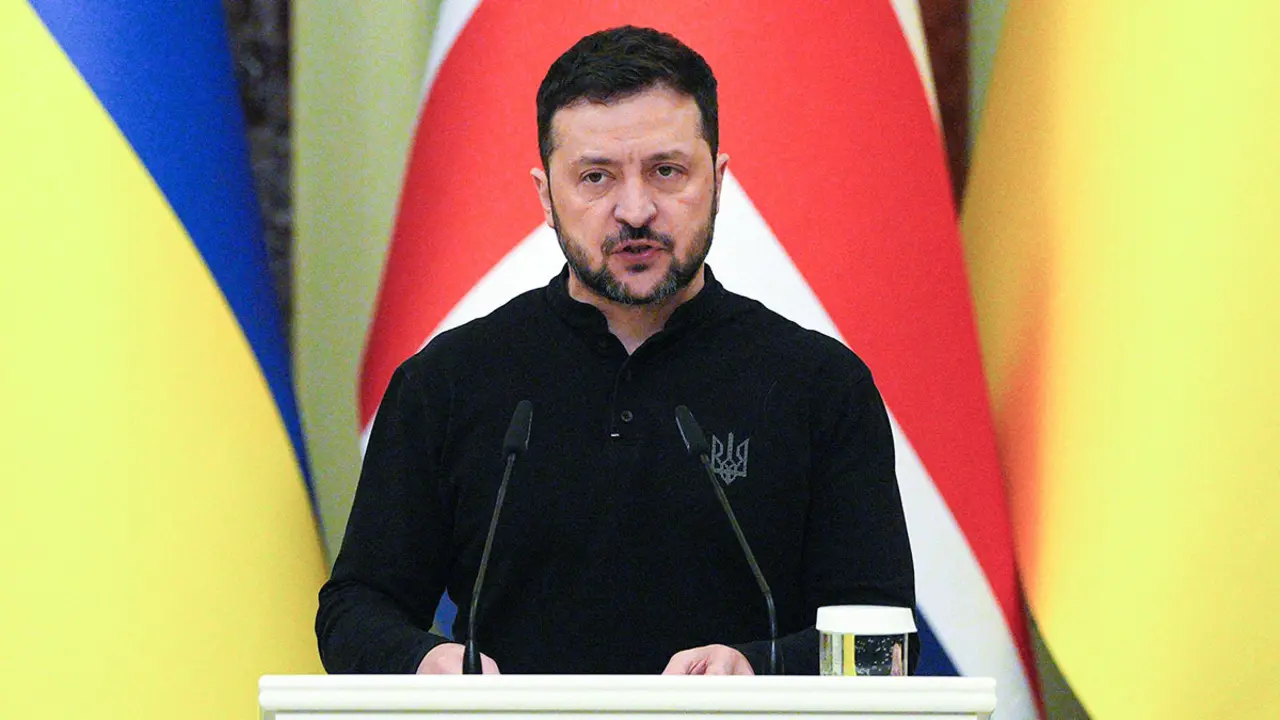Spain and France team up to make the new Flying Tiger roar

The PSOE-Unidas Podemos coalition government has given the go-ahead for the modernisation of the Spanish Army's fleet of Tiger attack helicopters, which will extend their operational life beyond 2045. This is what is known in aeronautical jargon as a "half-life" upgrade.
The renovation project is being carried out jointly and in coordination with the Directorate General for Armaments (DGA) and the French Ministry of Defence, headed by Florence Parly. Emmanuel Macron's government has a pressing need to renew the technology of its important fleet of Tiger helicopters, which are now the guardian angels of French troops fighting in the Sahel against terrorist groups and paramilitary forces of Islamic radicals.
The aim of the Spanish and French armies is to make these helicopters more manoeuvrable, faster and more interconnected, better protected and with greater firepower. With two powerful engines and a maximum take-off weight of 6.6 tonnes, they are armed with a 30-millimetre cannon, missiles and high-precision rockets. The Spanish Tigre has participated in combat missions in Iraq and Afghanistan with very good results. Now it is a matter of reinforcing all their capabilities so that they can emerge victorious from their confrontation with the new threats they will encounter in the medium, long and very long term.

The first step that firmly commits Pedro Sánchez's government was sanctioned by the Council of Ministers at its meeting on 21 December. The Spanish government has authorised an investment of 1.185 billion euros to equip the Tigers of the Spanish Army Air Mobile Forces (FAMET) with new generation equipment and advanced weapons systems. All of them form the Attack Helicopter Battalion I and are stationed in Almagro (Ciudad Real).
The Madrid decision entails several highly significant milestones. The most important is of an operational nature. The modernisation of the Tigre is in line with the Army's Force 2035 objective. It aims to improve the FAMET's support and attack capability in "unpredictable, dynamic, unstable and increasingly complex" air-ground scenarios, according to the Ministry of Defence.

This is also the first time that Spain and France have joined forces to undertake a joint aircraft modernisation programme. It involves the development and conversion to the so-called standard 3 configuration - also known as Mark III - of a total of 85 Tigres, of which 67 belong to the French Army Light Aviation (ALAT) and 18 are part of the Spanish FAMET.
But there is another milestone that is just as, if not more, remarkable. The many French Tiger helicopters due for modernisation will not be converted where they were built, at Airbus Helicopters France's large production plant in Marignane, just 25 kilometres from Marseille. Their conversion to Standard 3 will take place on the final assembly line at Airbus Helicopters Spain's factory at the Albacete Aeronautical and Logistics Park - some 250 kilometres southeast of Madrid - the same site where the 18 Spanish Tigres will be upgraded.
The Albacete factory is certified to undertake design, development, engineering, production, assembly, test and sustainment work, i.e. the complete life cycle. It was in these facilities, which will be expanded, that the 24 Tigre aircraft acquired by Defence were assembled. The first one rolled off the assembly line in December 2015 and the last one in January 2020. Of these, six in the Support and Protection (SP) version are now out of service and 18 in the Attack and Destruction (AD) configuration, which remain operational.

Given the difference in the number of aircraft that FAMET (18) and ALAT (67) are going to modernise, the Directorate General for Armaments and Material, headed by Admiral Santiago Ramón González Gómez, and the French DGA, headed by Chief Armament Engineer General Joël Barre, have negotiated the distribution of investments and industrial participation.
The costs are shared proportionally. France is responsible for 78.82% of the total economic volume of the project, in line with the new technology provided by French industry. The Spanish share amounts to 1,185 million euros, which represents 21.18%, so that this is the percentage of structures and equipment with which the national industrial fabric contributes. The bilateral project is managed by the Organisation for Joint Armaments Cooperation, OCCAR, by agreement between Paris and Madrid.

The payments from the Ministry of Defence will be made from 2029 - almost 116 million - and will continue at this level until 2037, once the conversion work has begun. They will begin after the development phase and flight tests of standard 3, which will be conducted on decommissioned Spanish helicopters. Finally, deliveries to the FAMET of the Tigre in Mark III configuration "will begin in 2030 and will be completed in 2034," according to the Prime Minister's Office.
The Tiger is a Franco-German weapon system with more than 30 years behind it, of which a total of 160 units have been manufactured and which carries a high support load. Its maiden flight dates back to 27 April 1991, but development work on the helicopter was undertaken by the French company Aerospatiale and the German company MBB in 1984. The result of the cooperation between the two companies culminated in January 1992, when they merged to create Eurocopter, now Airbus Helicopters.

But if the project is of Franco-German origin, what about the Bundeswehr's half hundred UHT version Tigers? Don't they need to be modernised? Yes, but although the structure and configuration of the German-built aircraft are similar to those produced in France, by decision of Berlin, their avionics, radios, navigation equipment, vision and many other items of equipment are very different.
One example. Unlike the Spanish and French Tigres, the Bundeswehr Tigres have the vision system mounted on a mast installed on the rotor head, which has caused many problems. The accumulation of anomalies, the low operability of the German Tigers, the requirement for the Bundestag's placet and the legislative stalemate caused by the recent German elections have caused Angela Merkel's government to delay the move to standard 3.

Olaf Scholz and his defence minister Christine Lambrecht's accession to the new German chancellor's renewal project could happen by the end of 2022, but it is not without its difficulties. It will happen if Paris agrees to break the deadlock on the Euromale drone programme, which involves Spain and in which Berlin has the greatest interest. The Tiger Mark III initiative has not been joined by Australia, which has around twenty units, and for whose replacement it is leaning towards the American AH-64E Apache, a model that Germany is also winking at.


